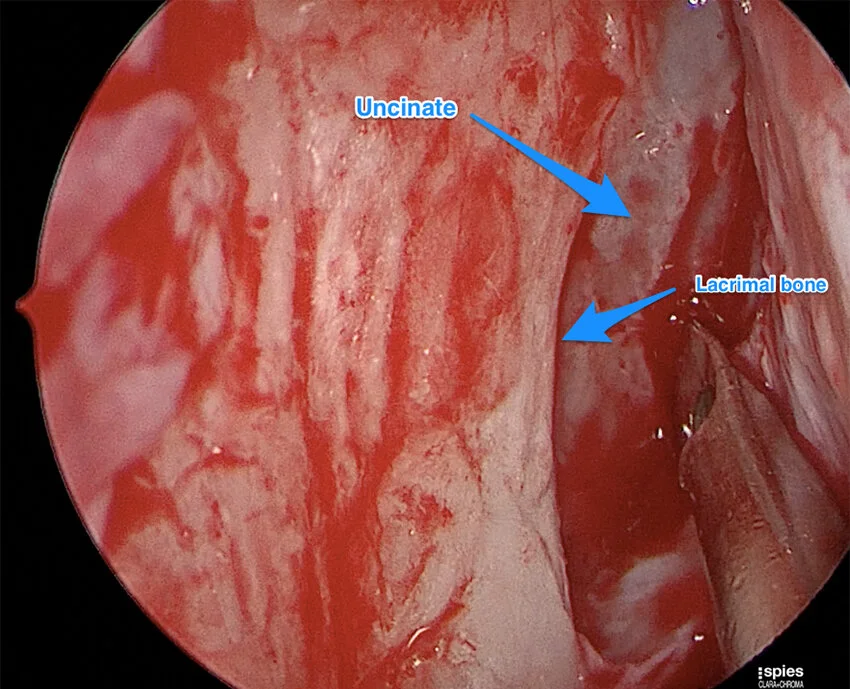Dacryocystorhinostomy Surgery
What is Dacryocystorhinostomy (DCR) surgery?
Dacryocystorhinostomy (DCR) surgery creates a bypass between the tear sac and nose by removing a small piece of bone normally wedged between them, and is performed either via the endonasal or external approaches.
External DCR Surgery
The traditional external approach is by making a 1-1.5cm skin incision on the side of your nose, where a pair of glasses would rest.
Endoscopic DCR Surgery
In the endoscopic (or endonasal) approach, surgery is performed inside the nose, thus avoiding a skin incision and potential external scarring.
What are the results of DCR surgery?
DCR surgery is 90-95% successful at improving the watery/sticky eyes, when there is a clear blockage.
The success rate is lower if there is no clear blockage demonstrated on syringing or on scans despite the presence of watery/sticky eyes.
There is no difference in success rates between external and endoscopic DCR.
What happens on the day of surgery?
The endoscopic DCR operation takes about an hour and is usually performed under a general anaesthetic, but external DCR is sometimes performed under local anaesthetic with intravenous sedation. In some patients, small silicon “tubes” are placed to keep the newly made passages open while healing takes place. These tubes are usually removed 4-6 weeks after surgery. The procedure is usually performed as a day procedure and patients are discharged the same day.

